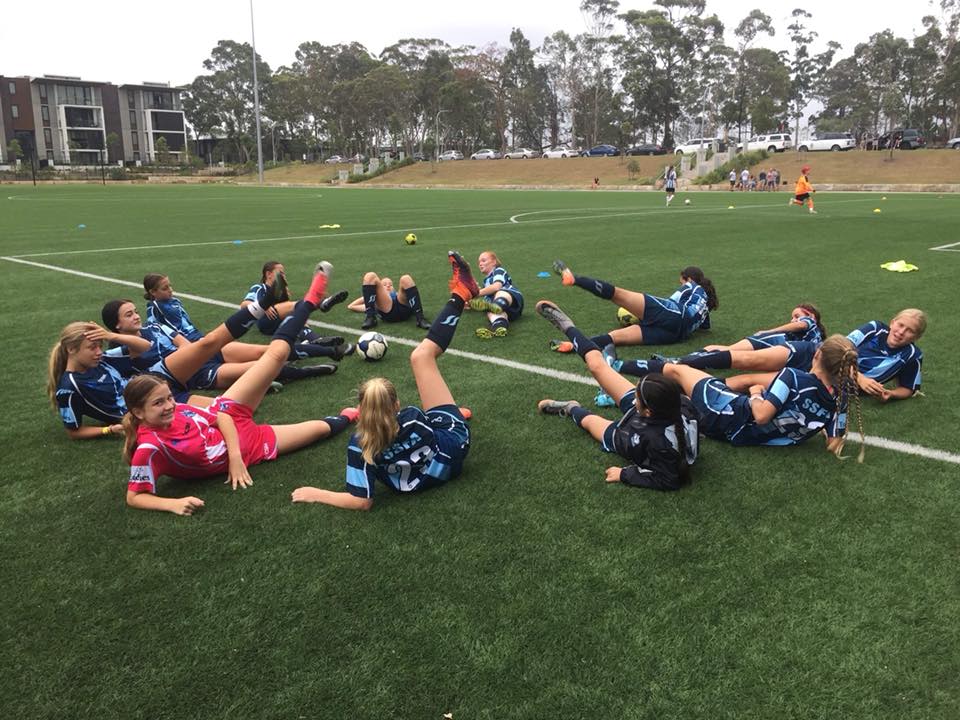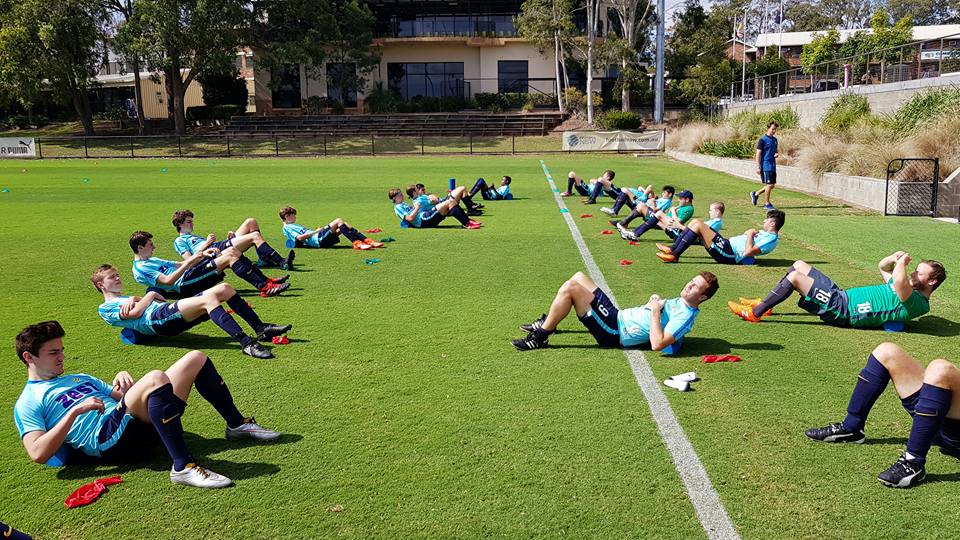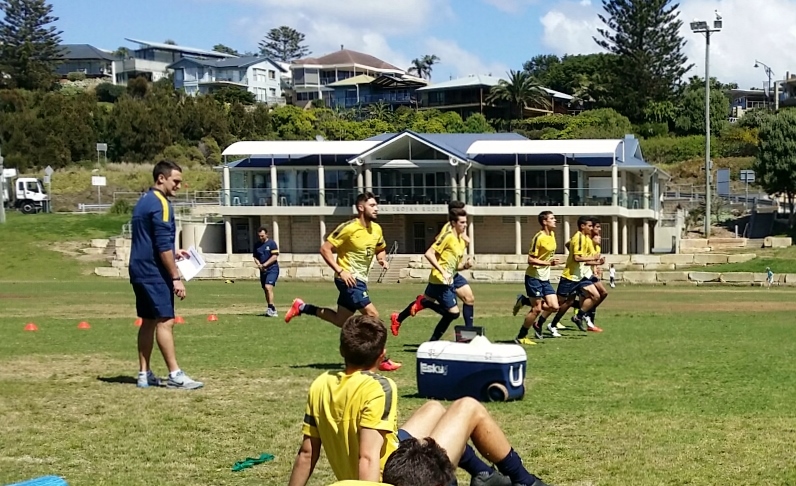We’ve all been guilty of shirking a warm-up – and have possibly paid the price – before exercise or a game of sport. So, how important actually is it? To debunk the myths around a good warm-up, we found out for our latest Optus Sport Fitness feature.
Not only does a thorough warm up help to prevent injury, but there is an actual science behind why it’s so important for our bodies.
It’s a science, though, that is often misunderstood.
“The science of a good warm up is arguably one of the most misunderstood and often underappreciated aspects of the fitness world,” says personal trainer Liam McQuinn from Fitness Playground.
“Irrespective of whether you are a professional football player, a recreational runner or someone who goes to the gym, everyone knows it is important to ‘warm up’. However, what this means to individuals and how it is performed is always going to be different.”
So what is the best warm up? McQuinn says the frustrating answer to that question is, “it depends”.
“The best warm up will always depend on the context,” he said.
What do the pros do? Watch here (note data charges apply) or for more football-fitness content, visit our Optus Sport Fitness section to see how Premier League teams are put through their paces before training.
“For example, a warm up for an Olympic lifter compared to that of a marathon runner will look completely different. This is because what is required of your body in these contexts is widely different in regards to variables like joint ROM, intensity, volume and movement patterns. The more specific a warm up is to a sport, the better the performance is likely to be.”
But there are some common threads that will apply to all warm ups, the most obvious being to literally ‘warm up’ our body.
“When we look at the research, probably the most fundamental aspect of a warm up is to increase the body temperature,” said McQuinn.
“This increases our body’s metabolism, which expedites our body’s chemical reactions and that is important in nearly any given sport and physical activity. In addition, specific processes like nerve conduction velocity (the rate at which electrical impulses are sent from our brain to our muscles for example) are directly related to the temperature of our body. This means that your reactions and speed of movement will be quicker when you’re warm.”
It’s well documented that increasing our body temperature before any physical activity reduces the risk of injury and improves overall performance.
And there are a number of ways to warm up our body, like jogging, rowing, bicycle and dynamic stretching.
“Stretching can be a great way to increase joint range of motion and increase overall mobility,” said McQuinn.


“Within the context of a warm up it is important to keep these movements dynamic. That is, move the muscle to a full range and then take the pressure off again and repeat. What is not advised is to static stretch – that can increase risk of injury. However, these can be included in your cooldown if you feel the need.”
McQuinn says another key area that is often overlooked is activation.
“Activation is a way of priming your muscles to fire more responsively within an activity. While there is a plethora of different activation work you can do, it’s a good idea to pick one or two that are important within the context you need them.
“For example, for a runner it would likely be beneficial to do some core activation (deadbugs or bird dogs) and some hip activation (clamshells). There is research to suggest doing activities like these before exercise can create better movement and decrease risk of injury.”
Lastly, McQuinn says, it is important to build up to an activity. That’s why you will see players still going through their warm ups right up until kick off.
“With a lot of team sports like football you will often see teams, even once on the field, still performing drills and low threshold work.
“The idea is to slowly increase the intensity before the match so that you are primed and ready to go for kick off.”
While some spend nearly an hour performing different warm up activities, McQuinn says that’s not necessary. A good warm up should be kept simple and take between 10 to 15 minutes.
As an example, McQuinn suggests splitting your warm up into the following sections:
– Five minutes increasing heart rate and body temperature (assault bike, rower or jogging).
– Five minutes performing dynamic stretches and activation drills specific to the needs of your activity.
– Five minutes increasing intensity in activity (think pace for running, drills and practice shots for football or loading weight on the barbell within the gym environment).























